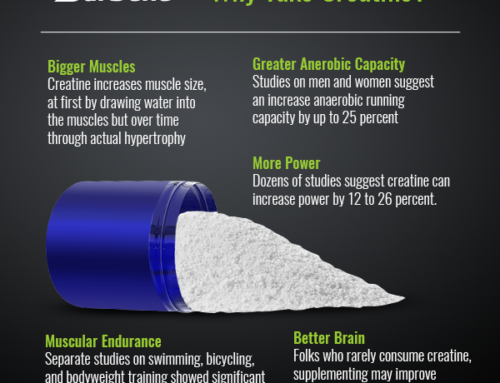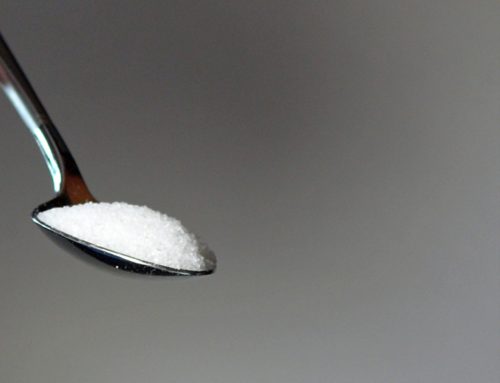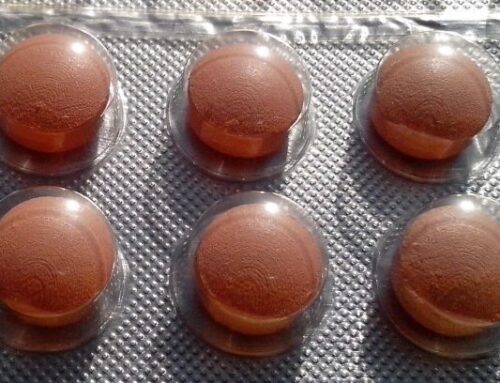Sure you’ve heard about creatine loading and have probably wondered about it being a fact or myth. Everyone who takes creatine monohydrate wants to make the most of it, so let’s get into more detail.
We all know what creatine is and what it does, as described by David Sandler, Senior Director of National Strength and Conditioning Association (NSCA), “Creatine allows longer and larger work volume by increasing phosphocreatine and creatine stores by 10-40%”. It has long since become sought after among athletes, bodybuilders and weightlifters that are prone to fatigue from strenuous activities. But there are a lot of conflicting studies and arguments about the frequency and timing of taking Creatine Monohydrate.
What Is A Creatine Loading Phase?
For individuals keen to see fast results, a loading phase is said to be the answer. 7 to 14 days of loading 10-20 grams of creatine rather than the regular 3-6 grams of creatine monohydrate is said to do the trick. The maintenance phase follows after the 14th day of loading where you take the recommended amount of about 3-6 grams of creatine per day dependent on a person’s activities.
But Is A Creatine Loading Phase Necessary?
Any excess amount creatine is simply excreted by the body, which is true with taking any mineral supplements in excess (famously vitamin C). Which means you are literally pissing away your creatine! Some people even believe that it may have been marketing ploy by supplement sellers to encourage the customers into using up their products faster.
You might also want to consider your digestives when taking the higher doses as well. It has been known to cause digestion issues at higher quantities, especially for those with a sensitive stomach already. Which means more time on the toilet and less time in the gym!
One study by Dr. Hultman and coworkers used a number of strategies to research rapid vs slow loading creatine intake. They used a rapid protocol of 6 days of creatine supplementation at a rate of 20 g/day, and then a slower protocol with supplementation for 28 days at a rate of 3 g/day. After the rapid protocol, they also studied a maintenance dose of 2 g/day for 28 days. Both the rapid and slow protocols showed to increase about 20% in total muscle, indicating that a large loading dose may do just as much as a regular dose.*
But when taking creatine monohydrate, not everyone is expected to see the exact same results. As a person’s response to a supplement may vary from one to the other, so it becomes very hard to believe any anecdotal evidence posted on forums. How do we know that they would have had the same results had they not had the loading phase that they swear by?
So what’s the bottom-line? Creatine loading may or may not be a part of your routine. Experiment a bit and see how your body responds. There’s never harm in trying when taken with precaution. While creatine loading is considered a myth to some and a fact to others, it all comes down to you. No one can gauge the results better than yourself!
*Hultman E Soderlund K, Timmons JA et al. (1996) Muscle creatine loading in man. J Appl Physiol 81:232-237.







Leave A Comment